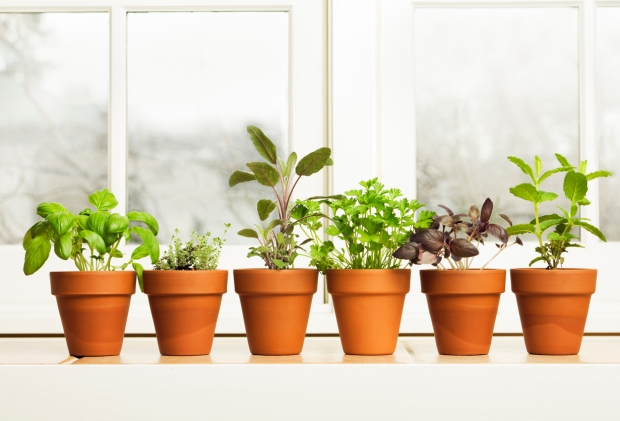
How to Prevent and Control Powdery Mildew
Adding color is a great way to improve the visual appeal of your garden. The issue is that many novices are unaware of how to use color effectively. This article will teach you the basics of color theory 40 words)——无概要
Powdery mildew is a common fungal disease that can affect almost all plants, including vegetables, roses, trees, herbs, and flowering ornamentals.
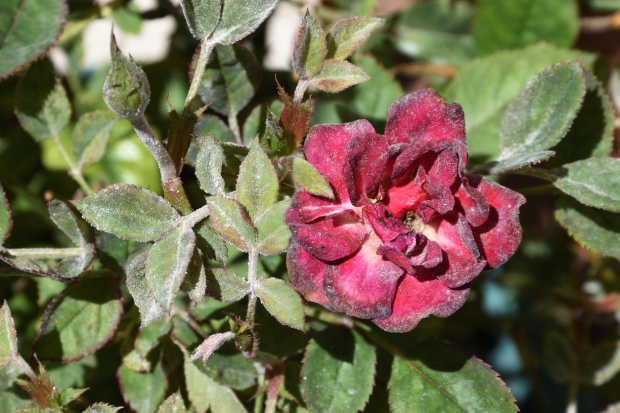
It is one of the easiest plant diseases to identify due to its distinctive appearance and symptoms. Powdery mildew shows up as a white powdery film on the leaves and stems of your plants. It looks very similar to a dusting of flour or baby powder and may darken to a gray color over time. Lower leaves are typically affected first, but the disease can spread throughout an entire plant.
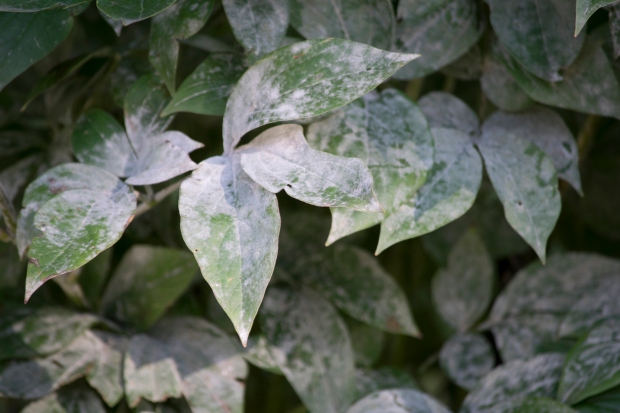
Infection rates are highest in warm climates and are increased by bouts of high humidity. The fungal spores are transferred via moisture (irrigation, rainfall, etc.) and wind. Spores move quickly from one part of the plant to another, they may fall to the soil underneath the infected plant, and they may move to neighboring plants and infect them depending upon the fungal species causing the infection.
Powdery mildew is rarely fatal itself once it infects a plant. However, since it covers the leaf surface, it may impair photosynthesis if the fungal spores become too thick. In turn, plant growth is stunted, and a lack of photosynthesis can lead to plant death if the disease is left untreated.
How to Prevent Powdery Mildew
When it comes to any fungal diseases, preventing them from occurring is much easier than treating them once an infection is noticed. Preventing powdery mildew centers around cultural practices that are easy to implement.
These prevention tips work for both inside houseplants and outdoor plants, regardless of the plant type.
- Be careful not to overwater your plants. Overwatering the soil is without a doubt the number one cause of fungal and mold growth. Keep the soil from being saturated and soggy. If the plant allows for it, let the top inch or two of the ground dry out before giving the plant water.
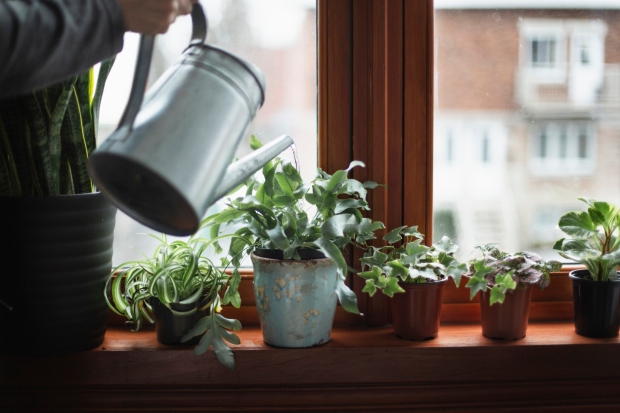
- Reduce humidity around indoor plants if powdery mildew has been problematic in the past. Houseplants typically suffer because the humidity is too low indoors, but In areas with extremely high humidity, such as tropical climates, high humidity is problematic. This increased moisture in the air predisposes plants to mold and mildew problems. To help prevent issues, use a small dehumidifier to reduce the relative humidity immediately around the plants.
- Give your indoor plants plenty of light. Natural sunlight is best, and windowsills are the perfect place for sun-loving plants. You can also give them supplemental light or periodically move them outside as long as you don’t allow the leaves to scorch.
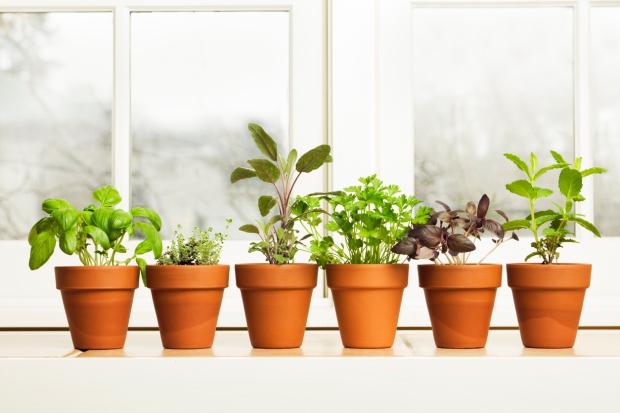
- Maintain good drainage in the soil. For indoor plants, this means making sure the containers have drainage holes. For outdoor plants, you can improve the drainage of heavy soils by adding organic matter such as compost. Also, don’t let container plants sit in a saucer that holds standing water.
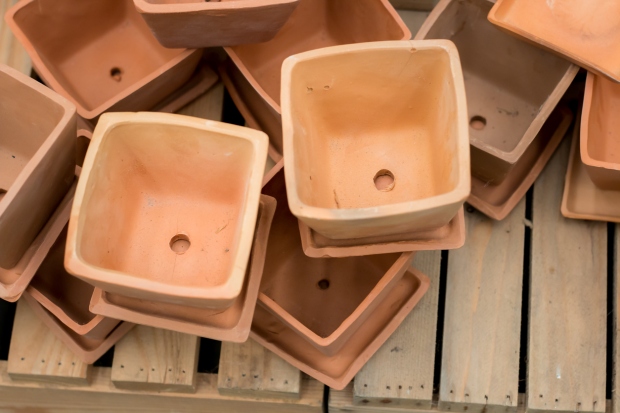
- Maintain good air circulation. Space plants so there is room for air to circulate between them. Constant air movement can prevent spores from settling on the leaves and helps the soil dry out more quickly. Keep plants pruned, so there is also good air movement through the foliage.
- Keep plants free of debris. Regularly inspect indoor and outdoor plants for dead leaves or branches and remove them immediately using sterilized shears or clippers. Also, gather up and remove any debris on the soil surface around plants so it can’t harbor fungal growth.
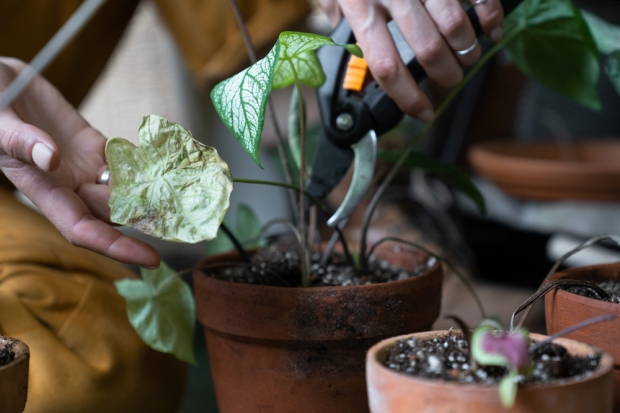
- Always check new plants for disease. Before bringing any plant into your home or garden, inspect it thoroughly for signs of powdery mildew or other fungal diseases to prevent the introduction and spreading to your existing, healthy plants.
- Use natural antifungals on plants that are prone to problems. For example, baking soda, cinnamon, and apple cider vinegar all have natural anti-fungal properties. You can sprinkle small amounts of any of the items on the soil surface around your plants to prevent powdery mildew growth. They are safe in small quantities and won’t cause any problems to the plant.
Controlling Powdery Mildew
If you notice powdery mildew symptoms on your plants, it’s essential to treat the disease quickly. This helps to minimize the effects on the affected plant and prevents spreading to neighboring plants.
- Remove all infected plant tissue using sterilized pruning shears or disinfected. Dispose of the removed plant parts in the trash; never put this material in your compost bin.
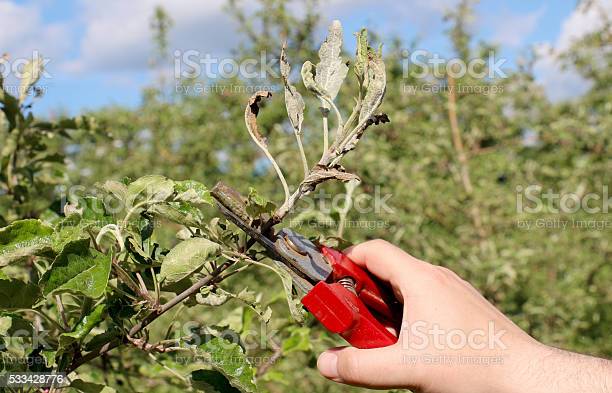
- Spray plants with a homemade bicarbonate solution (1 teaspoon baking soda per quart of water) or a sulfur-based fungicide according to its label directions. Neem oil can be added to either treatment option to increase its effectiveness.
